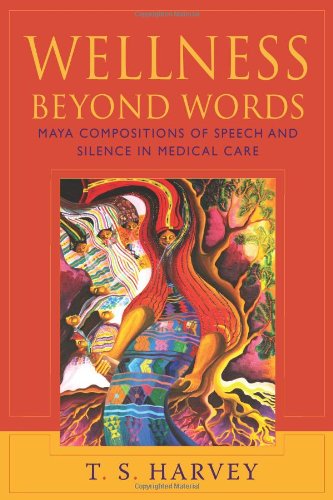

Most ebook files are in PDF format, so you can easily read them using various software such as Foxit Reader or directly on the Google Chrome browser.
Some ebook files are released by publishers in other formats such as .awz, .mobi, .epub, .fb2, etc. You may need to install specific software to read these formats on mobile/PC, such as Calibre.
Please read the tutorial at this link: https://ebookbell.com/faq
We offer FREE conversion to the popular formats you request; however, this may take some time. Therefore, right after payment, please email us, and we will try to provide the service as quickly as possible.
For some exceptional file formats or broken links (if any), please refrain from opening any disputes. Instead, email us first, and we will try to assist within a maximum of 6 hours.
EbookBell Team

5.0
108 reviews"Sigmund Freud called his distinctive form of therapy 'the talking cure,' but this is the first time anyone has had the ingenuity to figure out how it can be done with silences. Well, maybe the second time--leave it to the Mayans! That silence can kill is a well-known fact; that it is golden is widely assumed; but that it can be orchestrated in a socially meaningful way, that takes perfect pitch. T. S. Harvey's landmark study of acoustical healing may take some time for its voice to be unheard, but I am convinced that it will come to be a classic in its field."--Roy Wagner, author of Coyote Anthropology
The delivery of health care can present a minefield of communication problems, particularly in cross-cultural settings where patients and health practitioners come from dissimilar cultures and speak different languages. Responding to the need for in-depth ethnographic studies in cultural and communicative competence, this anthropological account of Maya language use in health care in highland Guatemala explores some of the cultural and linguistic factors that can complicate communication in the practice of medicine. Bringing together the analytical tools of linguistic and medical anthropology, T. S. Harvey offers a rare comparative glimpse into Maya intra-cultural therapeutic (Maya healer/Maya wellness-seeker) and cross-cultural biomedical (Ladino practitioner/Maya patient) interactions.
In Maya medical encounters, the number of participants, the plurality of their voices, and the cooperative linguistic strategies that they employ to compose illness narratives challenge conventional analytical techniques and call into question some basic assumptions about doctor-patient interactions. Harvey's innovative approach, combining the "ethnography of polyphony" and its complementary technique, the "polyphonic score," reveals the complex interplay of speaking and silence during medical encounters, sociolinguistic patterns that help us avoid clinical complications connected to medical miscommunication.